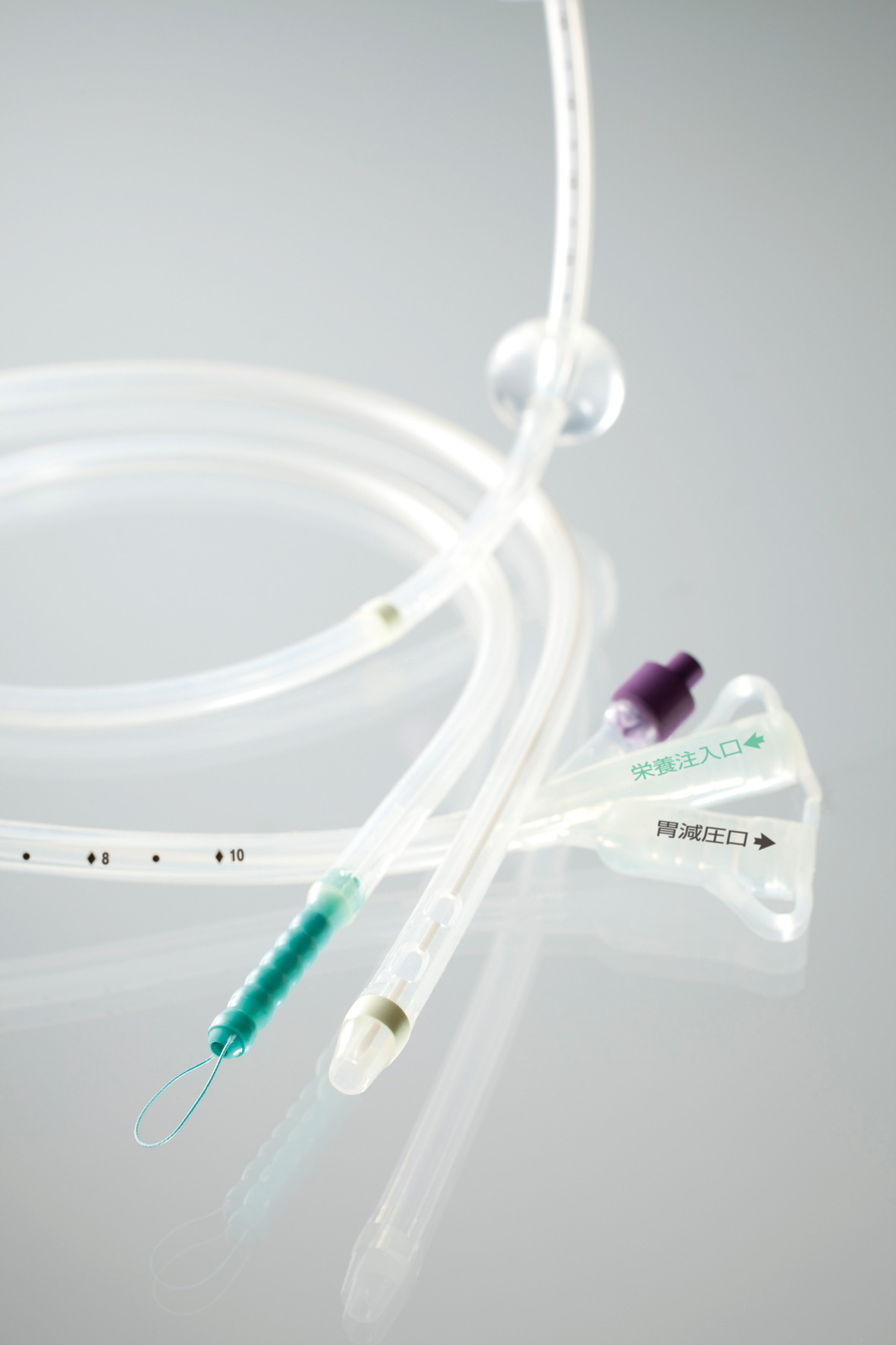Table of Content
Only touch your PICC line with clean hands. Always wash your hands thoroughly with soap and water before touching your PICC line for any reason. For an effective clean, scrub your hands with soap for at least twenty seconds before rinsing them. Cover your PICC line dressing in the shower. When showering, cover your PICC line dressing with a waterproof covering to keep it dry.
Just removed, applied an occlusive dressing not to be removed for 24 hours, did lots of teaching, and that was that. I have a friend that I worked with at a private HH and she was told it was ok to remove picc lines in home. She recently got a job at another hospital based HH where she was told that it is a HUGE no no.
When to call your healthcare provider
That's because repeatedly placing the PICC line increases the risk of damage to your veins. To place the PICC line, a needle is inserted through your skin and into the vein in your arm. Ultrasound or an X-ray might be used to confirm the placement.
Always use 10mL or larger syringes.A smaller syringe may push too much pressure into the line and cause it to break. If your child weighsunder17 pounds, flush the line every 8 hours each day. If your child weighsover17 pounds, flush the line every 12 hours each day. Do not let the PICC line drop down into the bath water, as germs from the water may enter the end of the line.
Community topics
Medicine or a blood transfusion can increase the number of platelets in your blood. Medicines that are infused through a vein, such as some chemotherapy and targeted therapy drugs, can be delivered through a PICC line. Brain tumor, breast cancer, colon cancer, congenital heart disease, heart arrhythmia. Thanks to all authors for creating a page that has been read 26,772 times.
Our members represent more than 60 professional nursing specialties. Since 1997, allnurses is trusted by nurses around the globe. Educate the patient on proper nutrition. Iron-rich foods include red meat, chicken, spinach, broccoli, shellfish, pumpkin and sesame seeds, and nuts like peanuts, pecans, pistachios and almonds. Get the patient into the correct position. Before you begin the procedure, ask the patient to get into the correct position.
Patient & Family Education Materials
Note if the line seems to hang differently on your arm, or simply measure the line every day or two to ensure that it is properly in place. While you have a PICC line installed, avoid all vigorous sports and exercise. Excessive upper body movement can cause your PICC line to become dislodged or damaged. In addition, excessive sweating may dampen or loosen your dressing. Do not submerge your PICC line in water.
Changing the dressing is a “sterile” process. Your nurse will explain how to handle the supplies without contaminating them. When you’re ready to change the dressing over your PICC line, make sure you do it in a clean, dry area away from drafts. Keep the dressing clean, dry, and secured to the skin.
When to flush your PICC line
Keep track of the length of your PICC line. It is important to keep track of the length of your PICC line to ensure that it is still inserted properly. The PICC line tube is approximately 24 inches long, stretching up the length of your arm to the large vein above your heart. If you feel pressure or discomfort when injecting the liquid, stop immediately and contact your physician. Never try to force the flushing solution into the line.

If you are applying an adhesive bandage, gently place it over the catheter site and press firmly around the edges to seal it to the skin. Smooth the bandage to remove any wrinkles. The actual tube is about 24 inches long.
If the entire length of the original catheter is measured, there's no reason for any sort of radiologic studies. This reduces the chances of the patient developing an infection. A PICC is a type of catheter, normally inserted in the upper arm. A PICC line is a safe, stable way to deliver intra-venous medications. It can stay in the body for weeks or months, alleviating the need to subject your veins to the numerous needle sticks necessary if the PICC was not there.
A small incision is made in the vein so that a thin, hollow tube can be inserted. The doctor or nurse may use an ultrasound machine to assess the veins in your arm and make sure they're healthy enough to use for the PICC line. You might have a cuff tightened around your arm so that your veins stand out for inspection. Some complications can be treated so that your PICC line can remain in place. Other complications might require removing the PICC line. Depending on your situation, your doctor might recommend placing another PICC line or using a different type of central venous catheter.
It threads up your arm until it reaches the large vein above your heart. Your PICC may have one or two lines ; fluids will go into these lines. The PICC line generally stays in for about a month, but can be left in longer if needed and if you don’t get an infection.

No comments:
Post a Comment